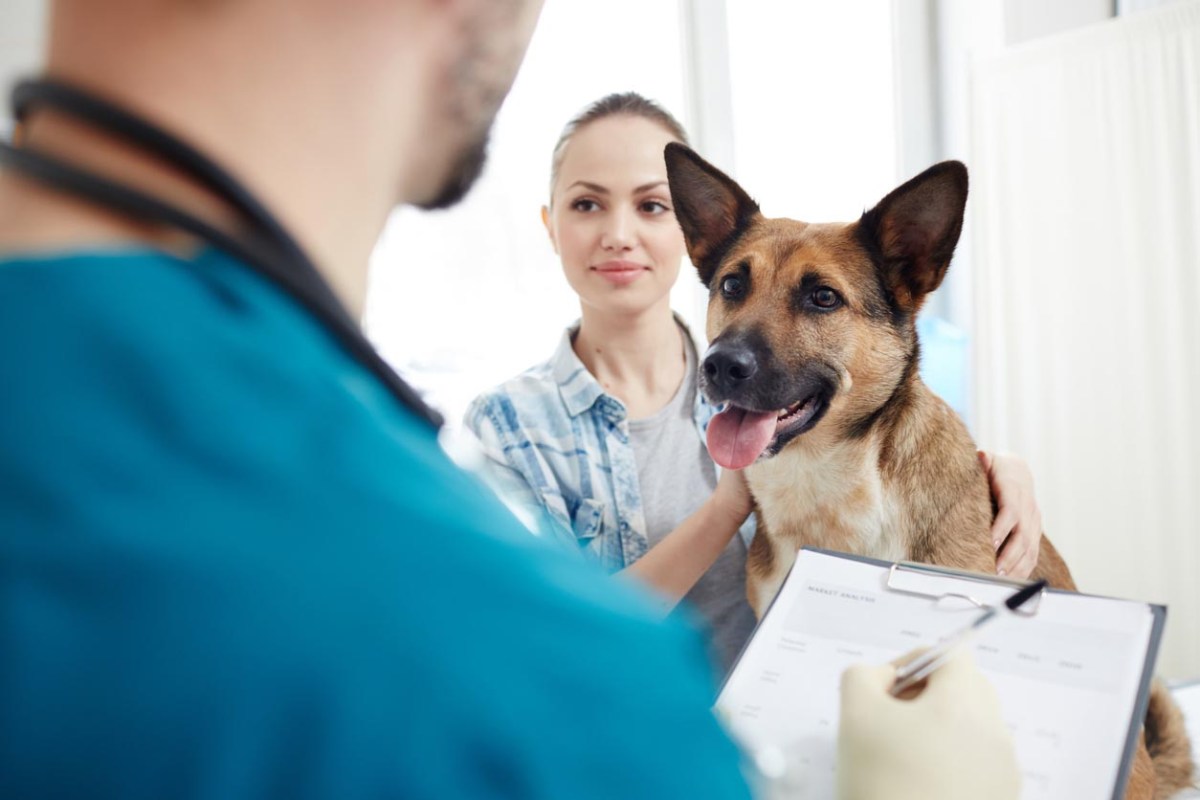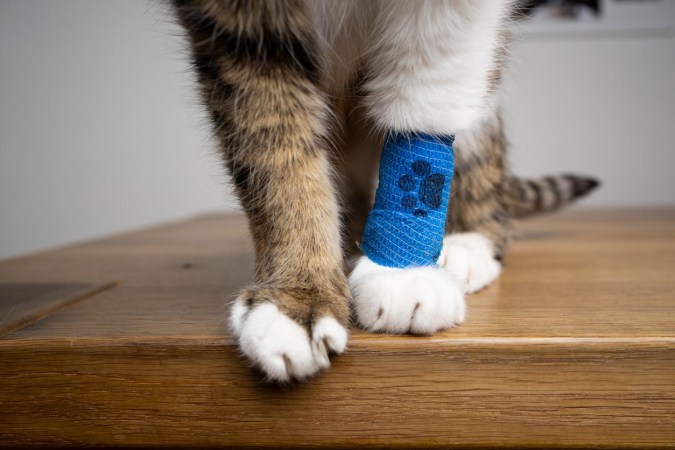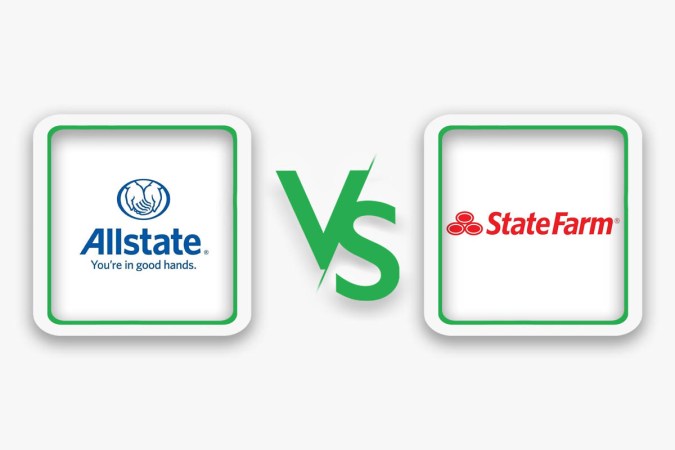We may earn revenue from the products available on this page and participate in affiliate programs. Learn More ›
Q: I just adopted a new puppy! While I’m excited, I know vet bills can add up quickly. My friends told me they have pet insurance for their dogs, but I’m not sure if it’s right for me. Is pet insurance worth it?
A: Getting a pet can be an exhilarating and rewarding experience. In fact, many pet owners see their pets as more than animals, considering them part of the family. And just like people want to protect their human family members with health insurance, pet parents might look for pet insurance to cover routine vet bills and other medical expenses. However, the cost of pet insurance might have pet parents wondering, “Is pet insurance worth it?”
The answer depends on the unique situation of the pet and its owner. In general, pet insurance may be best suited for a young, healthy animal. Older animals, or those with pre-existing conditions, may not qualify for pet insurance or may face higher costs.
Pet insurance can help pay vet bills and a variety of medical costs throughout a pet’s life, but owners may want to note potential coverage exclusions.
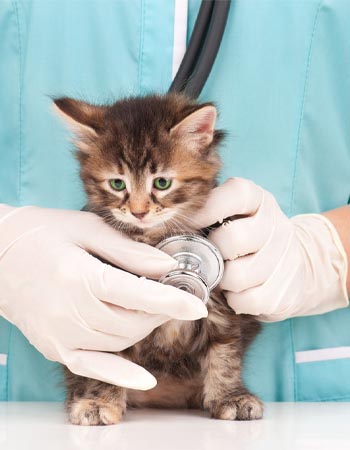
Similar to health insurance, pet insurance is a type of coverage that helps pet owners pay for vet bills. The pet owner pays an insurance premium (usually monthly) and in return receives coverage for certain medical procedures. Many pet insurance companies offer different levels or types of care, but some may only offer more limited plans that cannot be easily customized. Standard pet insurance policies typically cover only dogs or cats, but there may be options to extend coverage to exotic animals as well.
It’s recommended that pet owners take a close look at the coverage options when shopping for pet health insurance. This is because there could be several notable exclusions that could impact the overall value of a policy. Common exclusions on pet insurance plans include regular vet checkups, surgeries to spay or neuter an animal, and teeth cleanings. Pet owners may be able to obtain coverage for these vet procedures, however, through a special health and wellness plan.
Pet owners may find that they can decrease the cost of pet insurance by bundling coverage with their homeowners or renters insurance.
Many of the best homeowners insurance companies (such as Allstate and Lemonade) offer bundling discounts to encourage policyholders to stick with them for all their insurance needs. Pet owners who own their home may be able to bundle their pet insurance with their homeowners insurance coverage for a discount. Homeowners who want to purchase pet coverage will want to contact their current insurance provider to see if they are eligible for a bundling discount.
The same is true for renters: Many insurers will allow policyholders to bundle renters and pet insurance to reduce their costs of coverage. This is especially important for renters, since pet insurance won’t cover damage caused by a pet to a rental unit. Therefore, tenants who take out renters and pet insurance together will be covered for pet liability insurance for renters as well as for unexpected pet health issues, and could also be eligible for a bundling discount.
Coverage terms and conditions depend on the type of policy a pet owner selects: accident-only, accident and illness, or wellness coverage.
There are three main categories of pet insurance for cats, dogs, and other small animals: accident-only coverage, accident and illness insurance, and wellness plans. The type of coverage a pet owner chooses can help determine if pet insurance is worth it or not. Coverage types can also affect pet insurance prices. For pet owners wondering, “How much is pet insurance?” it’s worth noting that rates typically go up with more comprehensive coverage.
Accident-only coverage is the most affordable policy available, but it generally provides reimbursement only if a pet is hurt in an accident and requires emergency treatment. Most accident-only plans don’t include coverage for breed-specific issues or illnesses like influenza, even in emergency situations.
Pet parents can also choose an accident and illness plan, which generally offers more coverage than accident-only plans and is usually more expensive as a result. Accident and illness plans often include emergency vet care for injuries as well as unexpected illnesses. This type of coverage doesn’t generally include preventive care; for pet parents who want this kind of coverage, a wellness add-on or separate wellness policy is a good idea.
An accident-only policy will cover certain unexpected medical costs including emergency procedures to repair torn ligaments or set broken bones.
Accident-only pet insurance policies may be appealing to pet parents looking to prevent financial hardship if their pets are injured and require emergency treatment. This type of pet insurance coverage generally pays owners if their pet gets hurt in an accident. For instance, if a dog gets out of its owner’s yard and is hit by a car, an accident-only policy could help pay for emergency surgery. Another example where accident-only coverage may kick in is if a cat ingests toxins after chewing on its owner’s azalea or other common plant poisonous to household pets and requires immediate vet care.
Accident-only pet insurance is often the most affordable type of pet insurance. Some pet owners may find peace of mind with this type of coverage in case their pet has an expensive emergency that costs several thousand dollars to treat.
A pet insurance policy with accident and illness coverage will help pay to treat sudden physical trauma as well as potentially life-threatening ailments and conditions such as infection or cancer.
Pet owners who want more coverage than an accident-only plan offers may want to purchase an accident and illness pet insurance plan. Accident and illness coverage is the most common type of pet insurance available, and owners may find these policies appealing due to the extensive coverage terms. This coverage can often offer a good mix of coverage and value for pet owners concerned about the cost of dog insurance or cat insurance. Accident and illness pet insurance policies cover both emergency care for physical injuries or trauma as well as illness in pets.
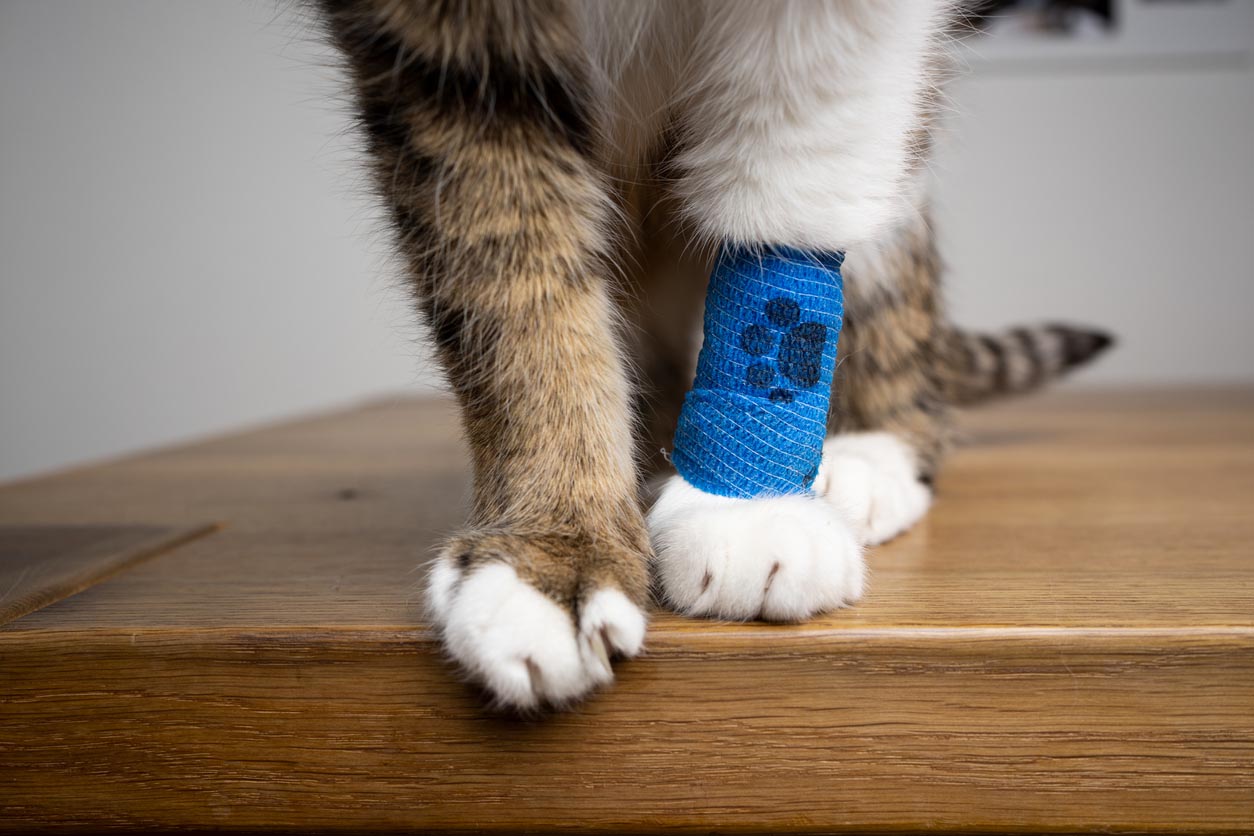
Pet insurance could also cover the costs of medication, annual physicals, and diagnostic testing if pet owners purchase wellness coverage with their policy.
The monthly cost of a dog, cat, or other pet can add up quickly when owners take routine physicals, vaccinations, and necessary medication into account. The cost of pet ownership can go up even more if an animal has health problems that require more frequent trips to the vet. Some pet insurance companies offer health and wellness add-on coverage that covers some of the routine costs of cat and dog health care. Wellness coverage may also be offered as a stand-alone health plan for pets.
Wellness pet plans don’t usually cover emergencies, so many pet owners combine an accident-only or accident and illness plan with a wellness plan to get the most comprehensive coverage available. Wellness coverage generally includes routine services such as annual exams, spaying and neutering, vaccinations, teeth cleaning, and heartworm or flea and tick prevention.
Pet insurance companies do not typically pay medical providers directly—pet owners pay their vet bills out of pocket and are reimbursed after the fact.
Unlike health insurance plans, most pet insurance policies work by reimbursing policyholders after a covered treatment. This means that the pet owner will generally still have to cover the cost of care out of pocket. Once the pet owner’s insurance claim is approved, the insurance company then reimburses the pet owner. This is different from health insurance, where insurance companies pay health care providers directly.
There is a trade-off that may benefit policyholders, though, as this method of reimbursing pet owners for claims often means pet owners can choose which veterinarian to visit. While health insurance policies often have networks that limit visits to certain doctors (or require policyholders to pay far more out of pocket if they go out of network), pet owners can purchase pet insurance that lets them visit any licensed veterinarian. However, it’s important for pet owners to read their insurance policies carefully, as some plans may limit which animal hospitals are considered to be in network. For example, a wellness insurance plan might be purchased through a specific veterinarian’s office and can only be used at that location.
Policies will often reimburse only a percentage of a vet bill—typically between 70 and 90 percent of covered expenses—although full reimbursement options may be available too.
Many pet insurance policies reimburse between 70 and 90 percent of the covered expenses. Some pet owners may qualify for full-reimbursement coverage as well, but pet owners may want to note that choosing a higher reimbursement percentage will likely lead to higher pet insurance costs.
One way pet parents can get the most out of their pet insurance policies is to make their homes as pet-safe as possible, such as by installing pet-friendly patios and other outdoor spaces. While pets can get into accidents almost anywhere, the fewer hazards a pet owner has in their home and yard, the less likely they’ll need to file a pet insurance claim. For pet owners who have an accident-only policy, putting pet-safe features in their home may help them lower their pet insurance costs, both by opting for a lower reimbursement amount and also lowering the risk of an accident.
Insurance providers may also set annual coverage limits that cap how much they will pay for a pet’s medical treatments in a given year.
Insurance companies often set annual coverage limits for pet insurance policies. Annual coverage limits are the amount of money an insurance company will pay out for claims over the course of a coverage year. For example, if a pet owner has a policy with a $2,500 annual limit and submits a claim for their dog’s surgery that is covered for $1,700, then they will only be able to make additional claims within the policy year up to the remaining $800 limit.
Some insurance companies may offer unlimited claims payouts, which means policyholders can file as many claims as necessary throughout the year for their pets. For accident-prone pets, a policy with an unlimited annual coverage amount could be worth the expense.
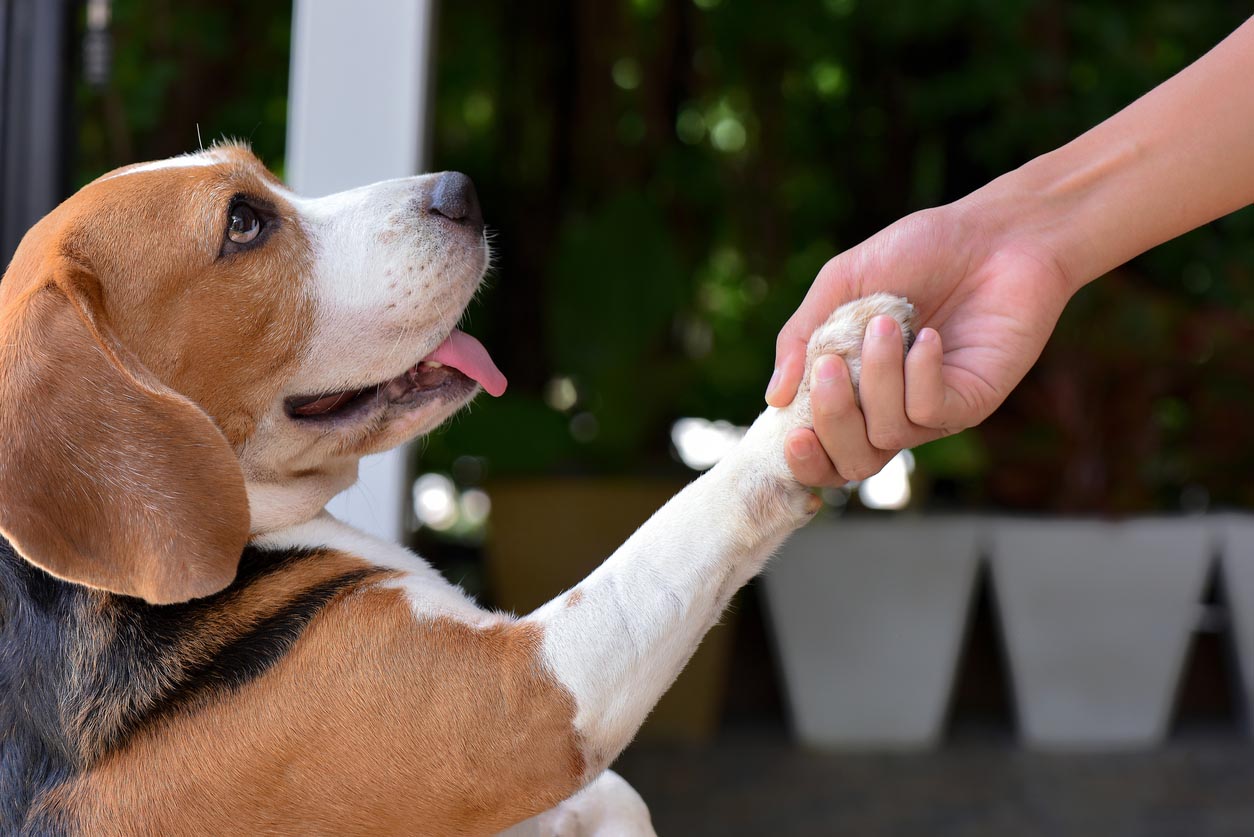
In addition, policyholders will need to meet their deductible amount before their insurance company starts to pay for medical expenses.
Like most types of insurance, pet insurance policies have a deductible that needs to be paid out of pocket before the provider will cover the cost of treatment. Many pet insurance policies have an annual deductible, which requires the pet owner to meet a single deductible amount per year. However, some insurance companies use a per-incident deductible. Per-incident or per-condition deductibles require the pet owner to pay a deductible each time they file a claim.
Say, for example, that a pet owner is moving and uses one of the best pet transportation services to transport their dog during the move. The dog is excited when reaching its new home and leaps down from the van, tearing a tendon in its leg. Repairing the tendon will cost $5,000, and the owner’s pet insurance policy has an annual deductible of $500. This deductible is taken out of the reimbursement for the dog’s surgery, meaning the owner receives a claims payout of $4,500. With an annual deductible, any additional claims made during the year would be paid in full because the owner already met their deductible, assuming that the policy does not limit the amount of coverage provided per year.
Pet insurance does not typically cover pre-existing conditions.
No matter what type of pet insurance coverage a pet owner chooses, it’s unlikely that the coverage will include pre-existing conditions. For instance, a pet owner shopping for cat insurance plans for their pet who has been diagnosed with cancer may find it difficult to find a policy that will pay for surgery, chemotherapy, or other cancer treatments. In addition, a dog with a known respiratory condition who has shown symptoms recently might not qualify for coverage related to this condition. While pre-existing pet insurance—that is, pet insurance that covers pre-existing conditions—is very rare, pet owners may still want to do their due diligence to see what—if anything—is available.
Coverage can also be denied based on the age of the pet.
In general, pet insurance can offer more value to owners who have young, healthy pets. Owners of older dogs, cats, and other pets might not be able to find affordable coverage for their beloved companions. Typically, the price of pet insurance is tied to the health and age of the animal. An older animal will likely cost much more to insure than a younger animal.
As pets age, they become more susceptible to ailments, from weakening joints to a higher risk of contracting an illness. Due to these increased risks, insurance companies may place a cap on pet insurance coverage for pets 10 years old and younger. Older pets may even be denied coverage altogether based on their age.
Although standard pet insurance policies typically only cover dogs and cats, pet owners may be able to purchase coverage for birds, reptiles, and other exotic animals.
Standard pet insurance policies typically only offer coverage for cats and dogs. However, owners of less common or even exotic pets may still be able to find coverage. Exotic animal coverage might include pets such as:
- Birds
- Ferrets
- Reptiles
- Guinea pigs
- Mice or rats
- Rabbits
- Hedgehogs
Some exotic pet insurance companies may also provide coverage for mini goats, potbellied pigs, and other micro farm animals. However, it’s unlikely full-size farm animals—such as horses or cows—will qualify for pet insurance, but there may be animal-specific or farm-animal policies available. In addition, farm and ranch insurance, and even some of the best tractor companies, may include livestock coverage with their policies. Pet parents of exotic animals that are considered dangerous, such as monkeys, are also unlikely to find coverage through standard pet insurance.
Getting pet insurance can be worth it for owners with younger pets that have yet to develop chronic illnesses but may require expensive and unexpected medical treatment at some point during their lives.
Whether a pet owner has a cat or a dog, pet insurance may be worth it to help pay for their animal’s medical costs. No matter what steps an owner takes to protect their cherished companion—such as buying one of the best fences for dogs—animals can injure themselves in unexpected ways or come down with illnesses that require expensive medical treatment. For those and other scenarios, a quality pet insurance policy can help ease the financial strain of mending injuries and treating illnesses.
Each pet owner will need to decide for themselves whether pet insurance is worth it, but in general, pet insurance may be most appealing to owners of young, healthy pets. Additionally, owners of pet breeds that have common health concerns, such as certain dog breeds that are prone to hip dysplasia, may find more comprehensive pet insurance to be worth the cost. When weighing insurance options, it’s important to find the right provider and policy to fit the pet’s medical needs and the owner’s budget.

